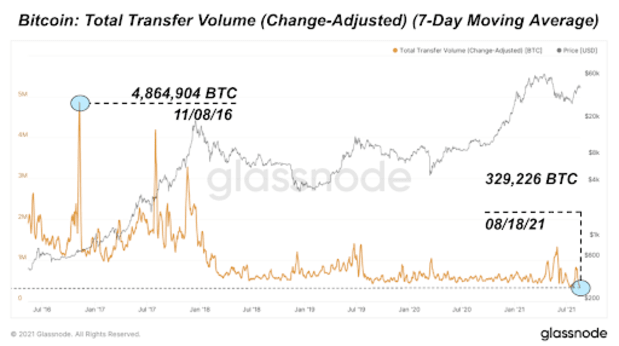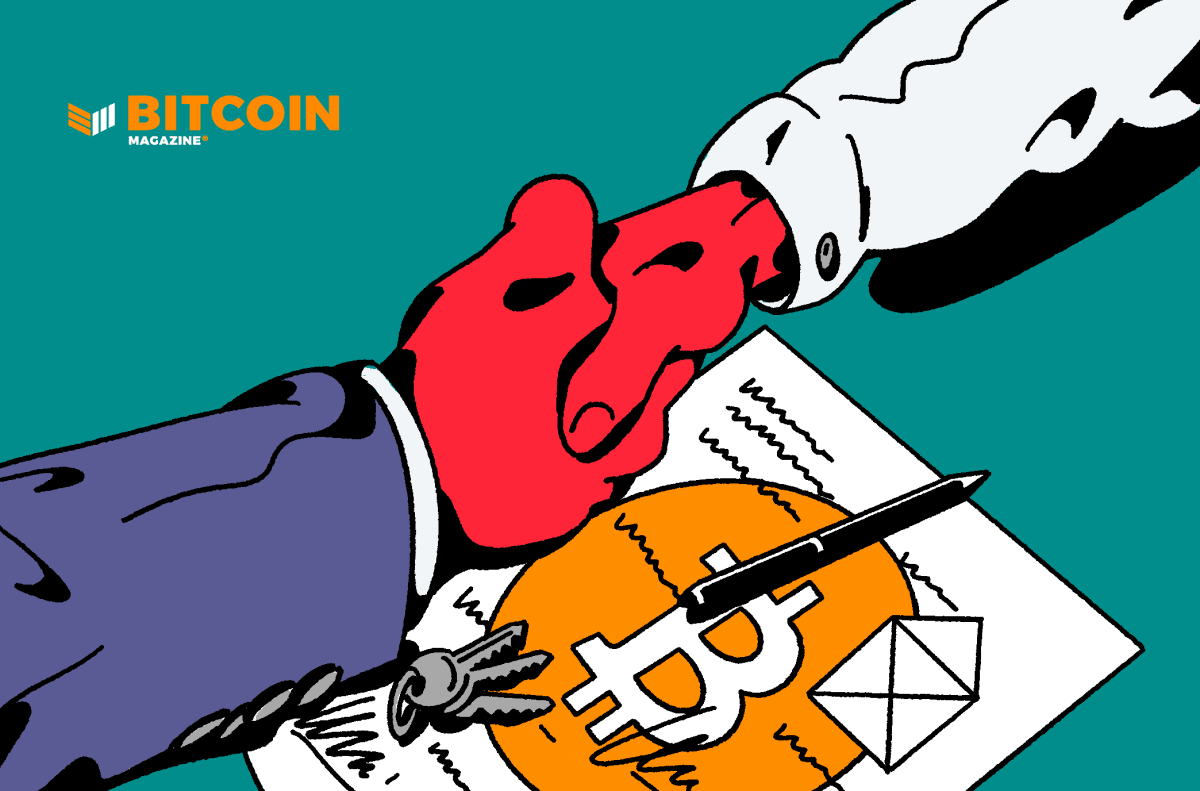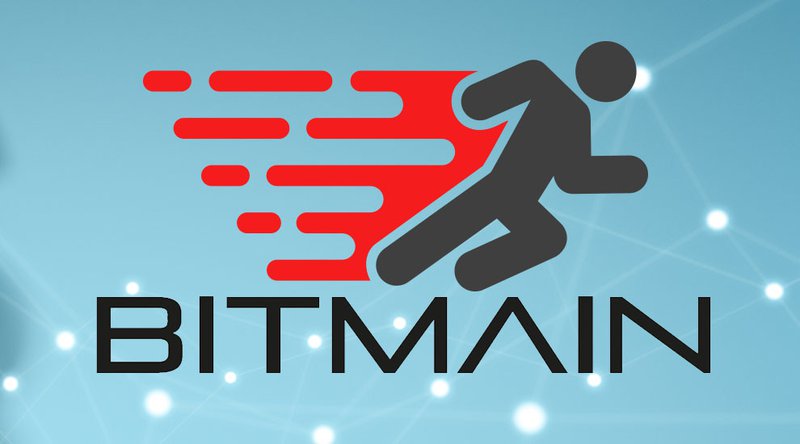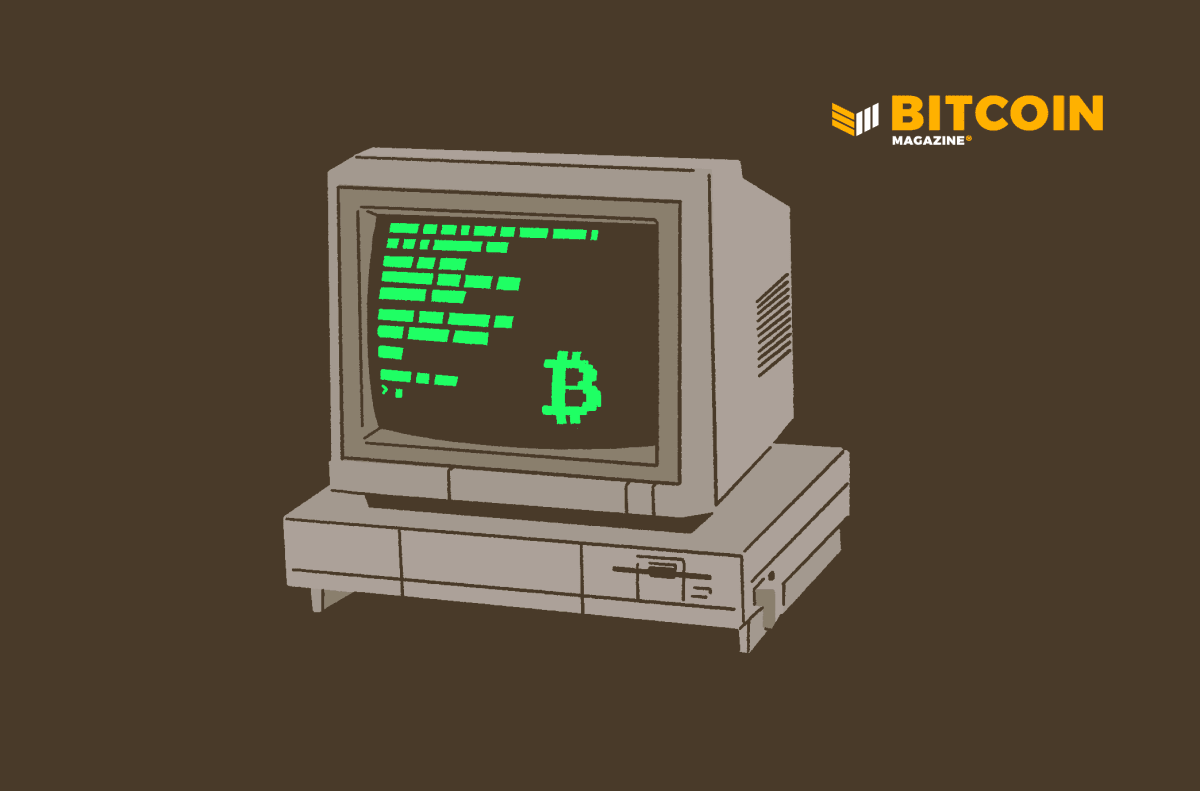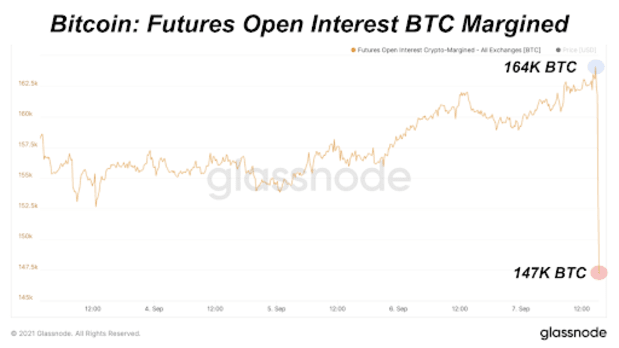Bitcoin miners are supposed to be the bulls of last resort, but how are their financials faring in this bitcoin price tumble?
Buy low then sell high is one of the most basic components of investment advice in the history of financial markets. Bitcoin is now 10 months into its current bear market cycle, and plenty of investors and companies that didn’t “sell high” are probably regretting it.
Miners stand apart from all other market participants, however, because they are in effect always buying (paying for electricity to earn more bitcoin) and, depending on their corporate strategy, always selling, too (selling bitcoin to pay for capital expenses and operating costs).
So how are miners faring in the current bear market? This article takes a look at some miners’ financial decisions over the past couple of years — during both the latest bullish and bearish periods for bitcoin — and evaluates where some improvements could be made on how the average mining company decides to hold, sell or buy its bitcoin.
Cliff Notes On Bear Market Mining
Here’s a quick rundown of the current state of mining economics — things aren’t great.
Hash price is down 69% so far in 2022, and with it goes machine profitability. Old hardware like Antminer S9s, for example, are so unprofitable now that the amount of total network hash rate they contribute has dropped from 30% to less than 5% this year, according to Coin Metrics. Difficulty continues hitting new record levels as more miners add more hash rate, and the latest downward adjustment was the first decrease in months.
Some miners are also sitting on exceptionally large amounts of debt, according to data compiled by Jaran Mellerud, a mining analyst at Arcane Research. Some miners are even selling the purchase contracts for yet-undelivered hardware while other miners, like CleanSpark, are buying them at a discount. And the past two months have seen two companies file for bankruptcy: Celsius Mining and Compute North.
Managing A Bitcoin Mining Treasury
One of the most important considerations facing every miner is whether to hold or sell their bitcoin. Other operational questions proceed this of course before the miner starts earning coins for their work. But what to do with block rewards is the focal point of any mining strategy.
Some miners hoard as many as they can while waiting for the price to go up. These miners usually take out loans to finance their operational expenses. Or they become lenders themselves and earn yield on the coins they mine. Other miners sell every coin they earn and want to simply operate profitably without any exposure to bitcoin’s upside or downside. Most miners are somewhere in between these two extremes — holding what they can afford to and selling what they need to.
All of these decisions are made based on a miner’s treasury management strategy, and each team has a different approach. Luckily for readers, public mining companies broadcast these decisions to investors and the general public.
In the bull market, miners weren’t only building new facilities, hoarding bitcoin and announcing record purchases of hardware. Some of them even went out and bought bitcoin at market prices to add to their treasuries. Marathon bought 4,812 BTC in January 2021. Argo Blockchain also bought 172.5 BTC in the same month. To say miners were bullish would be an understatement. Bitcoin is now trading roughly 30% lower than its lowest price point in January 2021, however. These miners didn’t quite “buy the top,” but it was relatively close.
In the bear market, miners are selling a lot of their bitcoin — in some cases even more than they’re mining, signaling their acute reaction to the bearish conditions by even liquidating their reserves. It’s important to note that the total quantity of bitcoin these companies are selling is well into the thousands, but it’s a very small amount compared to the daily trading volume of most liquid bitcoin markets. From Riot to Cathedra, large and small bitcoin mining companies alike were selling large amounts of their bitcoin holdings.
Bulls Of Last Resort
Instead of selling bitcoin at $20,000, wouldn’t a miner prefer to sell it at $69,000 — the all-time high? In theory, this makes perfect sense. But in practice, executing that preference is more difficult. For one thing, miners are not the most sophisticated market participants. For another, treasury management strategies are still very simple (hold, sell or lend) and often incomplete. For example, many miners have ways to hedge against bitcoin’s price, but almost none of them can hedge against bitcoin’s hash price, which would be a much more valuable financial product.
It’s also important to note that miners are supposed to be uber bullish even when others aren’t. Miners are in many ways Bitcoin’s bulls of last resort. Home miners especially demonstrate this by continuing to mine despite horrible market conditions. Even though miners would have a stronger balance sheet by selling more bitcoin at a higher price than they did months ago, for better or worse their role is somewhat to ride the price wherever it goes.
What Does The Next Mining Cycle Hold?
In years to come, bitcoin mining companies will surely be better about treasury management. Many companies will learn their lessons from the past two years and focus on better profit maximization strategies. Some of this might include hoarding fewer coins. After all, gold miners are not known for hoarding copious amounts of the precious metal on their balance sheets.
It’s hard to imagine bitcoin mining companies acting differently in the future. But bitcoin miners have an almost mythical status in the industry. Bullish miners who hoard their coins are a psychologically reassuring thing for many market participants. Even small rumors of “miners are bearish” or “miners are selling” send waves of fear across social media. Even if miners do sell coins at a higher price, however, everyone would prefer to have well-capitalized miners at the bottom of the bear market than underwater, over-leveraged companies struggling to stay alive.
This is a guest post by Zack Voell. Opinions expressed are entirely their own and do not necessarily reflect those of BTC Inc or Bitcoin Magazine.

